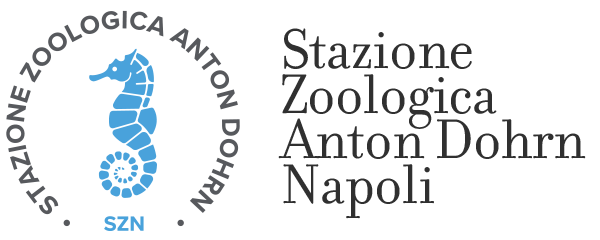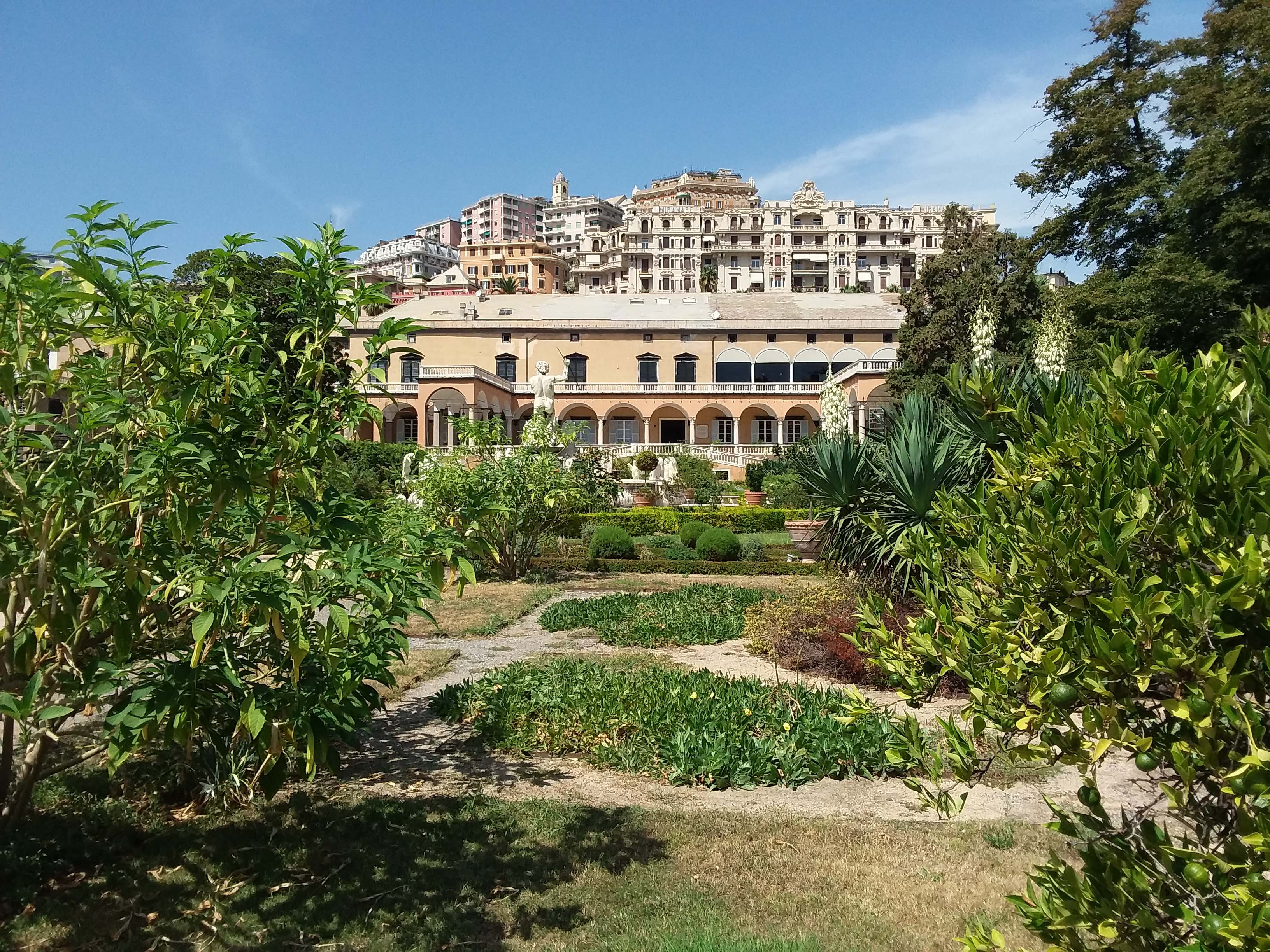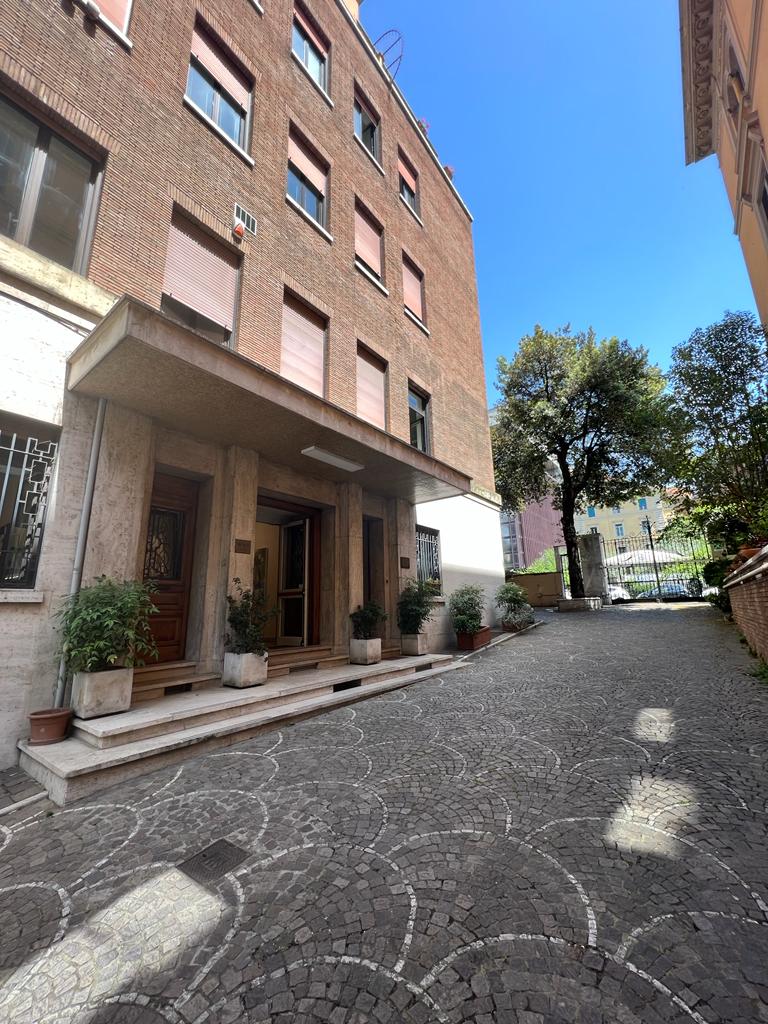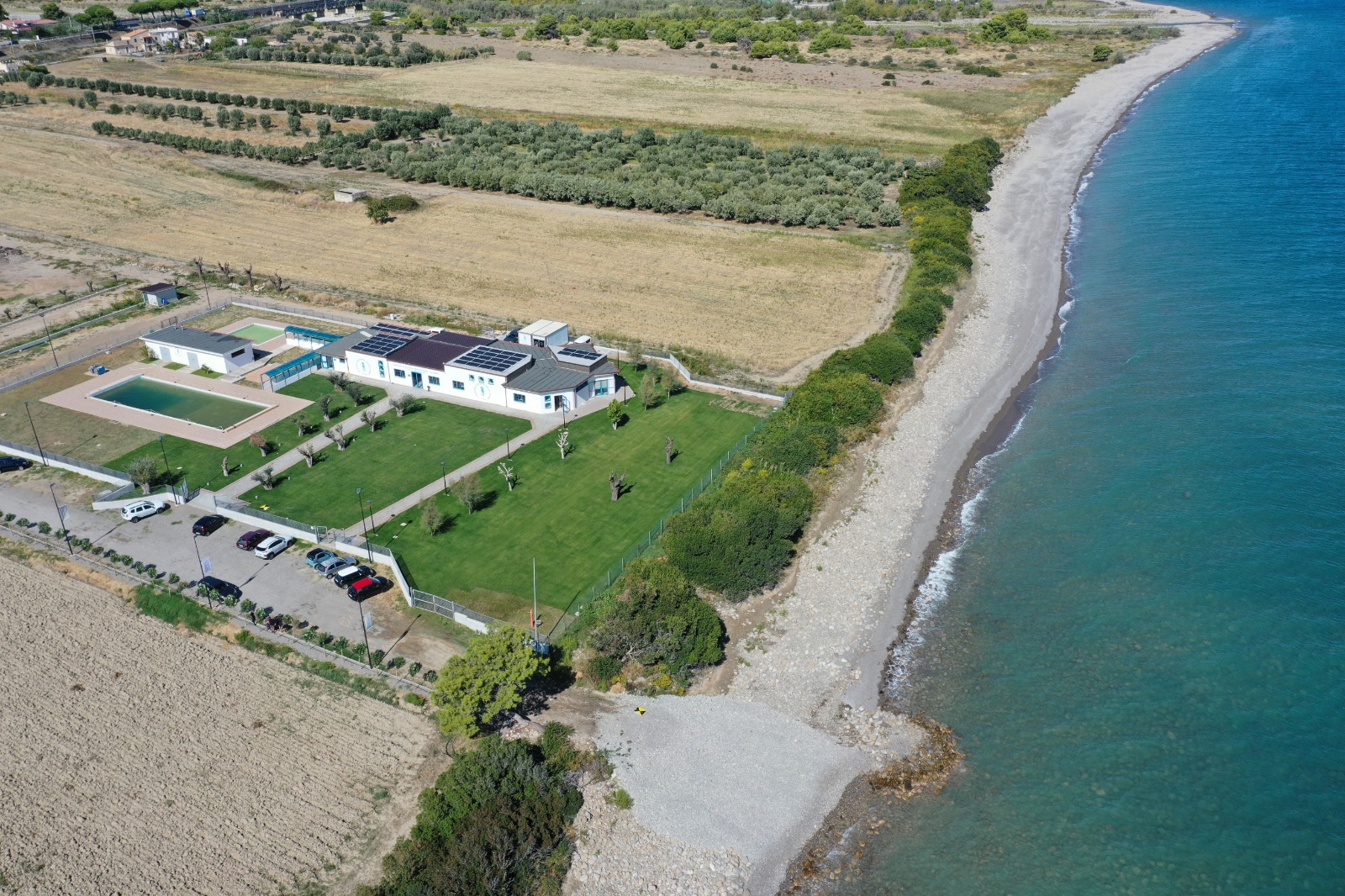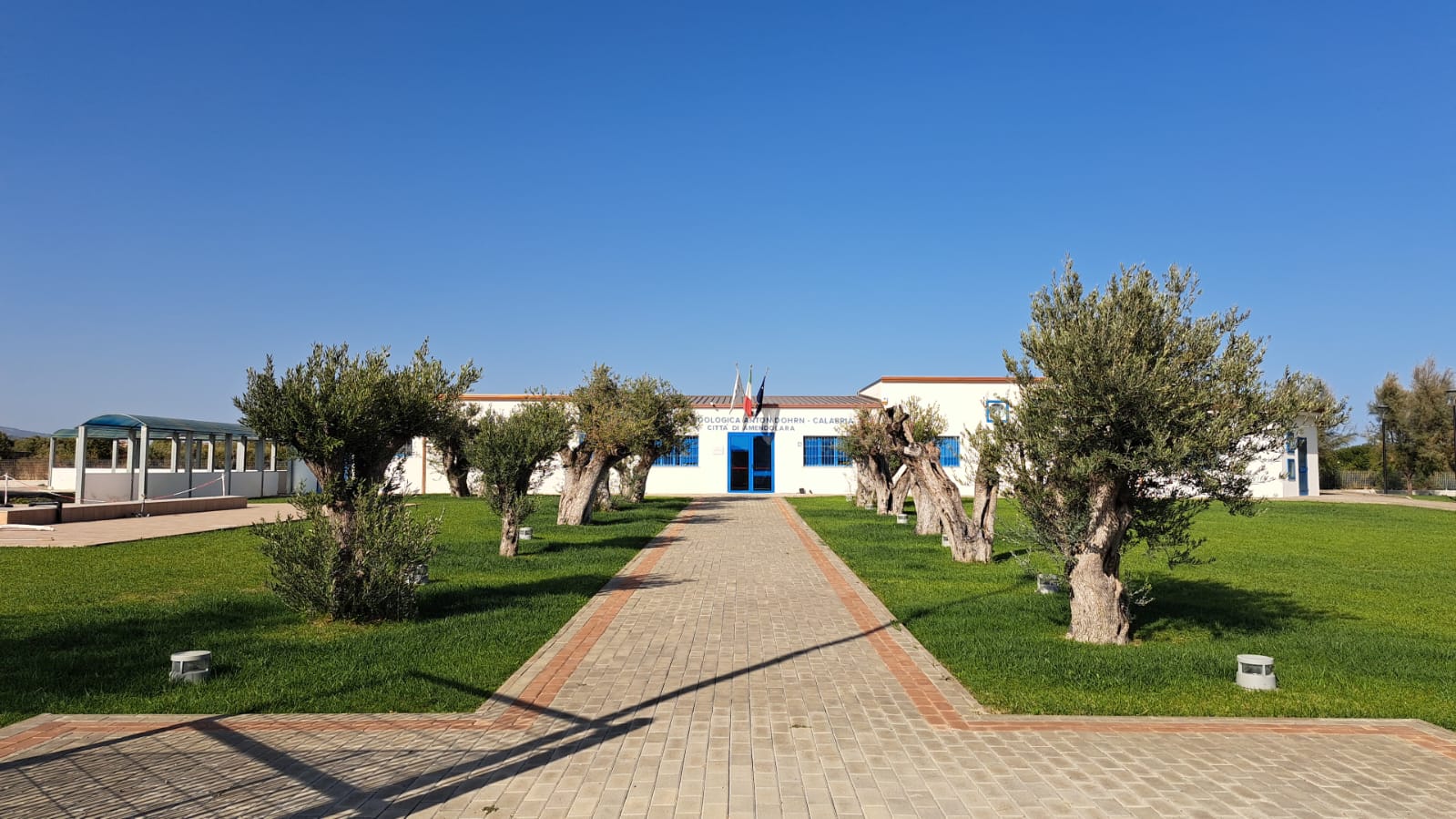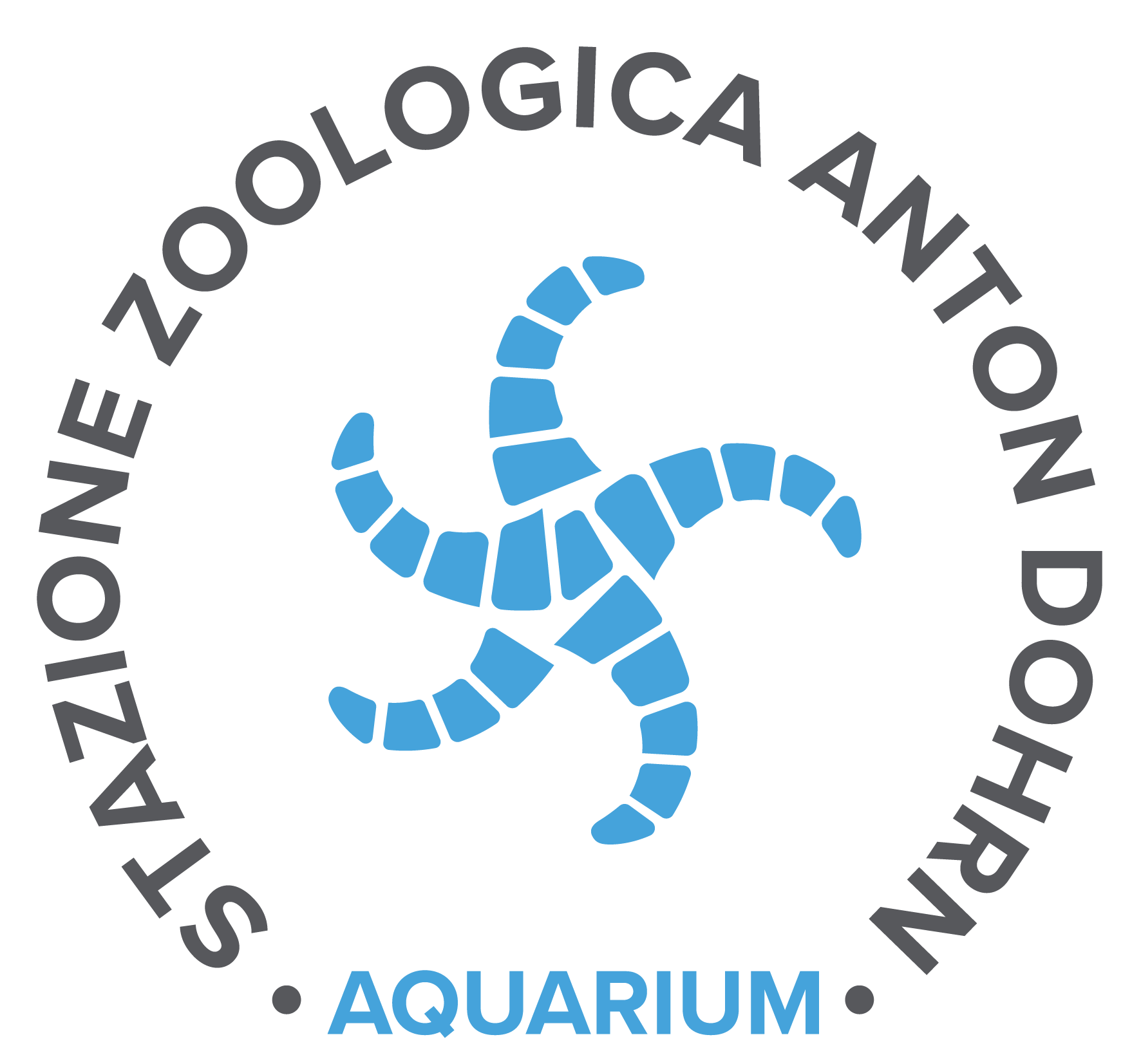 Education
Education Doctorate – International PhD (III Level)
Doctorate – International PhD (III Level) Closed Calls - Ph.D Program
Closed Calls - Ph.D Program ENGLISH
ENGLISH Pages
Pages
Pages
PIR01_00029 - PON-PRIMA Research and marine infrastructure strengthening (EMBRC-IT)

PON Ricerca e Innovazione 2014-2020
(CCI: 2014IT16M2OP005)
Calls for Proposals for the awarding of grants aimed to enhance research infrastructures, pursuant to Action II.1 of the National Operative Programme – Research and Innovation 2014-2020
Title: Research and marine infrastructure strengthening (EMBRC-IT)
Acronym: PRIMA
Code : PIR01_00029
Duration of the project (in months): 32
Research infrastructure targeted by the project: EMBRC - European Marine Biological Resource Centre
Abstract
Italy has an extraordinary potential in the field of marine research thanks to the heritage of about 2000 high-level researchers. However, this potential remains largely unexpressed due to the limit of the infrastructures. The project PRIMA aims to fill this gap by increasing the Italian competitiveness on the basic and applied marine research in the European context by tightly linking this effort to the EMBRC-ERIC infrastructure and then contextually increasing the importance and impact of Italy in the marine research at European level. The project aims to strengthen the research infrastructures through: i) the acquisition of instruments not available in this research field at national level of relevant technological complexity that allow investigations that are currently not feasible; ii) the completion and strengthening of existing infrastructures to make them competitive in the light of new research developments; iii) the creation of hubs able to allow researchers of the Stazione Zoologica Anton Dohrn, and overall of the country, to access and investigate marine habitats, thus increasing the potential development of some key regions in Italy.
Fano Marine Centre
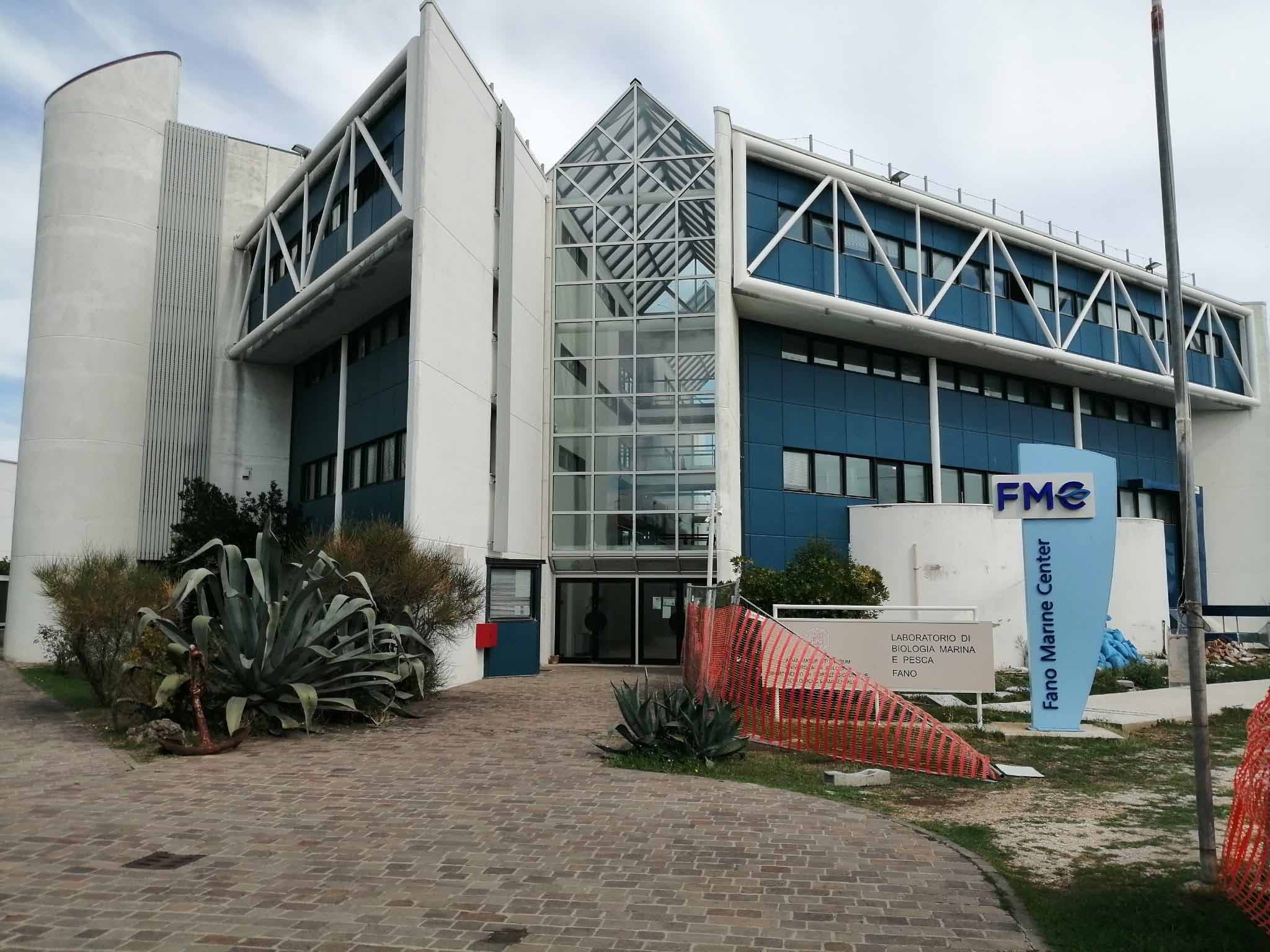 Situated on the waterfront of Sassonia, Fano, the Fano territorial seat of SZN forms part of the Fano Marine Centre, a multidisciplinary collaboration with the University of Urbino, The Polytechnic University of Marche, the University of Bologna, and the National Research Council (CNR). All five of the research departments of SZN are represented at Fano, reflecting the diversity of research from genomics and microbiology to the ecology of sharks. As well as collaborating in projects in Italy and Europe, staff are involved in research based in New Zealand and Antarctica. Future projects will be developed with a focus on ecosystems of the Adriatic Sea.
Situated on the waterfront of Sassonia, Fano, the Fano territorial seat of SZN forms part of the Fano Marine Centre, a multidisciplinary collaboration with the University of Urbino, The Polytechnic University of Marche, the University of Bologna, and the National Research Council (CNR). All five of the research departments of SZN are represented at Fano, reflecting the diversity of research from genomics and microbiology to the ecology of sharks. As well as collaborating in projects in Italy and Europe, staff are involved in research based in New Zealand and Antarctica. Future projects will be developed with a focus on ecosystems of the Adriatic Sea.
Laboratories
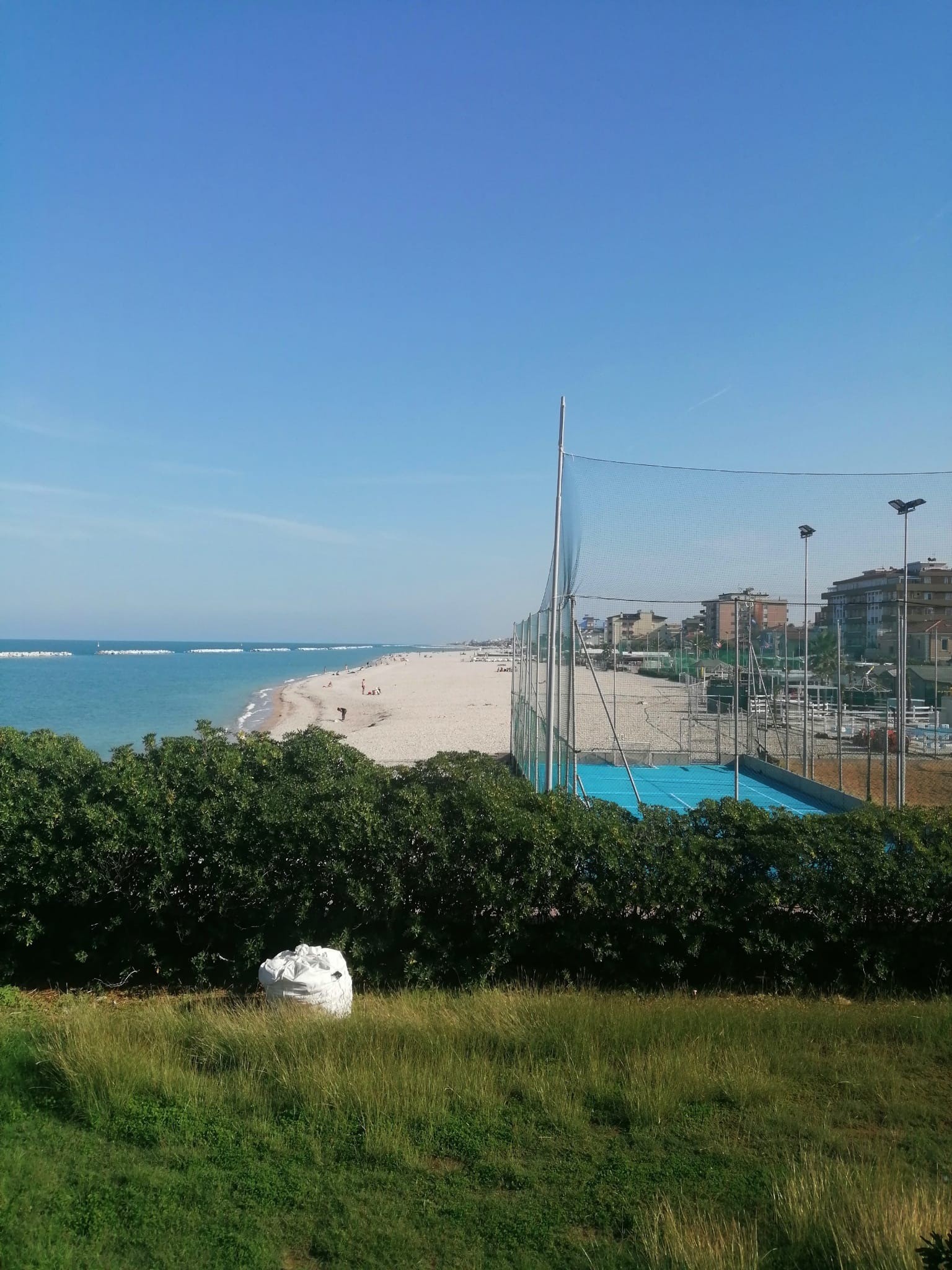 The centre currently has three laboratories, dedicated to microscopy, chemical, and molecular biology. All are equipped with new, state-of-the-art analytical instruments. A new project, financed via the European Recovery Fund, will double the laboratory space and is predicted to be completed in 2025.
The centre currently has three laboratories, dedicated to microscopy, chemical, and molecular biology. All are equipped with new, state-of-the-art analytical instruments. A new project, financed via the European Recovery Fund, will double the laboratory space and is predicted to be completed in 2025.
Research vessel
Under construction
Aquarium
SZN has built a new public aquarium, found on the ground floor of the complex, that will prioritise local Adriatic Sea ecosystems. It is planned to open to visitors during 2023. A research area has been completed alongside the public aquarium that will support experimental work on marine organisms, including projects on animal behaviour, ecotoxicology, climate change effects, and restoration of marine habitats.
Research Projects
Fano research staff have a wide range of interests, including the ecology of marine bacteria and viruses, environmental impact studies, the reproduction and behaviour of fishes, variation in the chemical composition of the seas, marine conservation, the feeding ecology of sharks, and methods for surveying marine life. The staff includes active research divers.
Staff
Trevor Willis, Coordinator
Researcher
Lisa Locatello
Milva Pepi
Eugenio Rastelli
Michael Tangherlini
Technician
Antonio Cannavacciuolo (Laboratory manager)
Domenico Sacco (Aquarist)
Postdoctoral fellows
PhD students
Eric Diaz Delgado
Eleonora Negro
Scholarship
Oliviero Borgheresi
Alessia Ciraolo
Projects
- FSBI (Fisheries Society of the British Isles) Small Research Grant 2021-2022. Impact of the ejaculate microbiome on the outcome of sperm competition (Locatello)
- FSBI (Fisheries Society of the British Isles) Small Research Grant 2021-2022. Can isotope biomarkers in vertebrae and teeth estimate the field metabolic rates in elasmobranchs? (Diaz, Willis)
- LIFE ELIFE “Elasmobranchs Low-Impact Fishing Experience” (Rastelli)
- LIFE SEDREMED “Bioremediation of contaminated sediments in coastal areas of ex-industrial sites” (Rastelli)
- MUR-PNRR (Piano Nazionale di Ripresa e Resilienza) 2022-2025, National Biodiversity Future Center (NBFC), Spoke 7: Biodiversity and society: communication, education and social impact (Locatello)
- MUR-PNRR (Piano Nazionale di Ripresa e Resilienza) 2022-2025, National Biodiversity Future Center (NBFC), Spoke 1: Mapping and monitoring actions to preserve marine ecosystem biodiversity and functioning. “Comunità ittiche del mesofotico ed abissali” (Willis)
- MUR-PNRR (Piano Nazionale di Ripresa e Resilienza) 2022-2025, National Biodiversity Future Center (NBFC), Spoke 2: Bioremediation. (Rastelli)
- NEIF (National Environmental Isotope Facility - NERC) Establishing the trophic role of cleanerfish in temperate reefs with the use of carbon and nitrogen stable isotopes. 2023. (Negro, Willis)
- PNRA “Diversity and ecological role of GIAnt Viruses in Antarctic ecosystems and consequences of ice melting on their dynamics (GIAVA)” (Rastelli, Tangherlini)
- PON Marine Hazard “Studio e mitigazione impatto antropico su ambiente marino” (Rastelli)
- PON Risorse Umano: “Habitat correlates of deep-sea fish communities” (Willis)
- PON Risorse Umano: Effetto della densità di popolazione sulle dinamiche di accoppiamento e sul successo riproduttivo di pesci di aree costiere del Mediterraneo (Locatello)
Recent Publications
Aguzzi, J., Flögel, S., Marini, S., Thomsen, L., Albiez, J., Weiss, P., ... & Danovaro, R. (2022). Developing technological synergies between deep-sea and space research. Elem Sci Anth 10(1), 00064.
Angeles, I. B., Romero-Martínez, M. L., Cavaliere, M., Varrella, S., Francescangeli, F., Piredda, R., ... & Frontalini, F. (2023). Encapsulated in sediments: eDNA deciphers the ecosystem history of one of the most polluted European marine sites. Environment International 107738.
Arcadi, E., Rastelli, E., Tangherlini, M., Rizzo, C., Mancuso, M., Sanfilippo, M., ... & Romeo, T. (2022). Shallow-water hydrothermal vents as natural accelerators of bacterial antibiotic resistance in marine coastal areas. Microorganisms 10(2), 479.
Arcadi, E., Rizzo, C., Sciutteri, V., Tangherlini, M., Calogero, R., Sanfilippo, M., ... & Romeo, T. (2022, October). Metal-tolerant bacteria for monitoring Mediterranean Shallow Hydrothermal environments: the case studies of Panarea. In 2022 IEEE International Workshop on Metrology for the Sea; Learning to Measure Sea Health Parameters (MetroSea) pp. 168-173.
Barone, G., Corinaldesi, C., Rastelli, E., Tangherlini, M., Varrella, S., Danovaro, R., & Dell’Anno, A. (2022). Local environmental conditions promote high turnover diversity of benthic deep-sea fungi in the Ross Sea (Antarctica). Journal of Fungi 8(1), 65.
Bennett-Williams J, C Skinner, ASJ Wyatt, RAR McGill, TJ Willis (2022) A multi-tissue, multi-species assessment of lipid and urea stable isotope biases in mesopredator elasmobranchs. Frontiers in Marine Science 9, 821478.
Corinaldesi, C., Bianchelli, S., Rastelli, E., Varrella, S., Canensi, S., Gambi, C., ... & Dell’Anno, A. (2022). The paradox of an unpolluted coastal site facing a chronically contaminated industrial area. Frontiers in Marine Science 8, 813887.
Corinaldesi, C., Varrella, S., Tangherlini, M., Dell'Anno, A., Canensi, S., Cerrano, C., & Danovaro, R. (2022). Changes in coral forest microbiomes predict the impact of marine heatwaves on habitat-forming species down to mesophotic depths. Science of the Total Environment 823, 153701.
Dell’Anno, F., Rastelli, E., Buschi, E., Barone, G., Beolchini, F., & Dell’Anno, A. (2022). Fungi can be more effective than bacteria for the bioremediation of marine sediments highly contaminated with heavy metals. Microorganisms 10(5), 993.
Dell’Anno F, van Zyl LJ, Trindade M, Buschi E, Cannavacciuolo A, Pepi M, Sansone C, Brunet C, Ianora A, de Pascale D, Golyshin PN, Dell’Anno A, Rastelli E (2023) Microbiome enrichment from contaminated marine sediments unveils novel bacterial strains for petroleum hydrocarbon and heavy metal bioremediation. Environmental Pollution 317: 120772
Fanelli, E., Di Giacomo, S., Gambi, C., Bianchelli, S., Da Ros, Z., Tangherlini, M., ... & Danovaro, R. (2022). Effects of Local Acidification on Benthic Communities at Shallow Hydrothermal Vents of the Aeolian Islands (Southern Tyrrhenian, Mediterranean Sea). Biology 11(2), 321.
Fontana C.M., Locatello L., Sabatelli P., Facchinello N., Lidron E., Maradonna F., Carnevali O., Rasotto M.B., Dalla Valle L. (2022). EPG5 knockout leads to the impairment of reproductive success and courtship behaviour in a zebrafish model of autophagy-related diseases. Biomedical Journal 45(2): 377-386.
Galasso, C., Lekube, X., Cancio, I., Dell’Anno, A., Brunet, C., Sansone, C., & Tangherlini, M. (2022). Marine fungi as potential eco-sustainable resource for precious metals recovery from electronic waste. Waste and Biomass Valorization, 13, 1-10.
Marĉeta T., Locatello L., Alban S., Abu Hassan MS., Nik Mohmmad Azmi N., Finos L., Badocco D., Marin MG. (2022). Transgenerational effects and phenotypic plasticity in sperm and larvae of the sea urchin Paracentrotus lividus under ocean acidification. Aquatic Toxicology 248: 106208.
Munari, C., Borja, A., Corinaldesi, C., Rastelli, E., Lo Martire, M., Pitacco, V., & Mistri, M. (2022). First Application of the AMBI Index to the Macrobenthic Soft-Bottom Community of Terra Nova Bay (Ross Sea, Southern Ocean). Water 14(19), 2994.
Territorial Seats - Type B
|
|
|
|
|
|
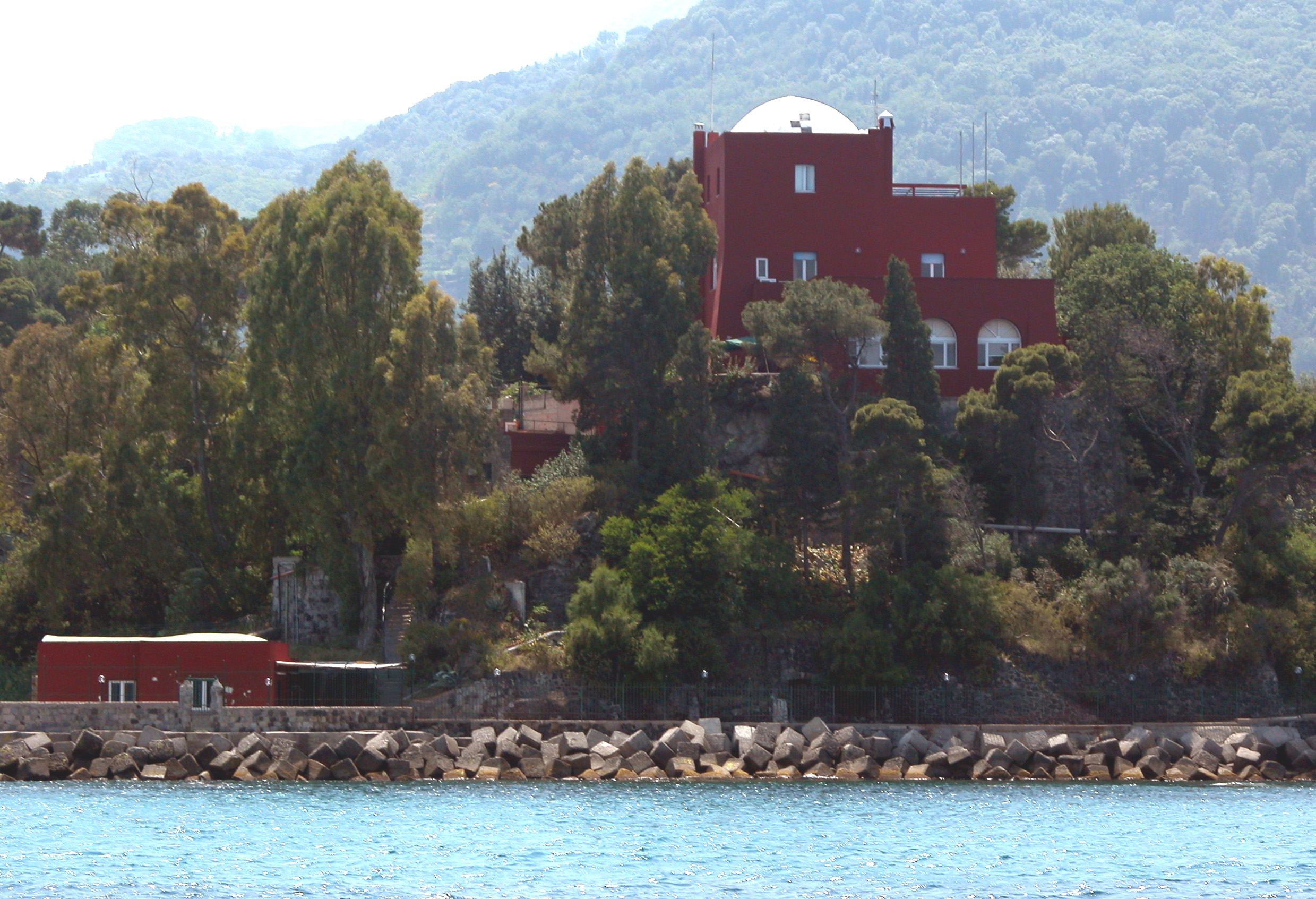 |
Ischia Marine Centre |
|
|
Our Seats
BENTACS - BENthos TAxonomy CourseS - Taxonomy of Polychaetes
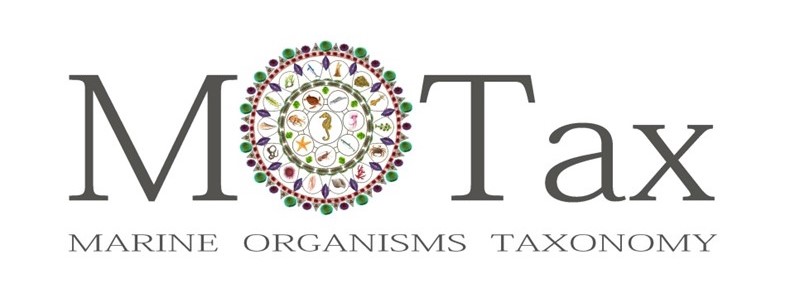
BENTACS - BENthos TAxonomy CourseS
TAXONOMY OF POLYCHAETES
Stazione Zoologica Anton Dohrn Naples
Italy, 24-28 October 2022
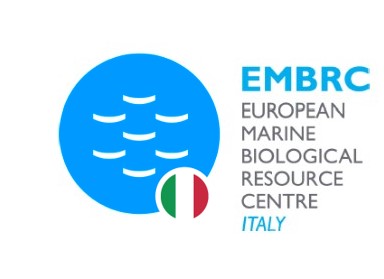 The Marine Organism Taxonomy (MOTax) core facility has launched a series of International Summer Schools (BENTACS - BENthos TAxonomy CourseS) focused on the taxonomy of the main groups of zoo-benthos from soft-bottom communities in the Mediterranean Sea. The courses will target in particular researchers and technicians from scientific institutions and from national/regional environmental agencies interested in the study of benthos biodiversity and ecology. A combination of lectures and microscope sessions will provide participants with a general theoretical framework and practical experience.
The Marine Organism Taxonomy (MOTax) core facility has launched a series of International Summer Schools (BENTACS - BENthos TAxonomy CourseS) focused on the taxonomy of the main groups of zoo-benthos from soft-bottom communities in the Mediterranean Sea. The courses will target in particular researchers and technicians from scientific institutions and from national/regional environmental agencies interested in the study of benthos biodiversity and ecology. A combination of lectures and microscope sessions will provide participants with a general theoretical framework and practical experience.
The 1st MOTax course will provide an advanced training on the taxonomy and identification of Polychaetes. It will be held at the Stazione Zoologica Anton Dohrn in Naples on 24-28 October 2022. The course will be focused on specific families of the largest class of annelids selected based on their ecological relevance, including species for which the taxonomic identification is particularly challenging.
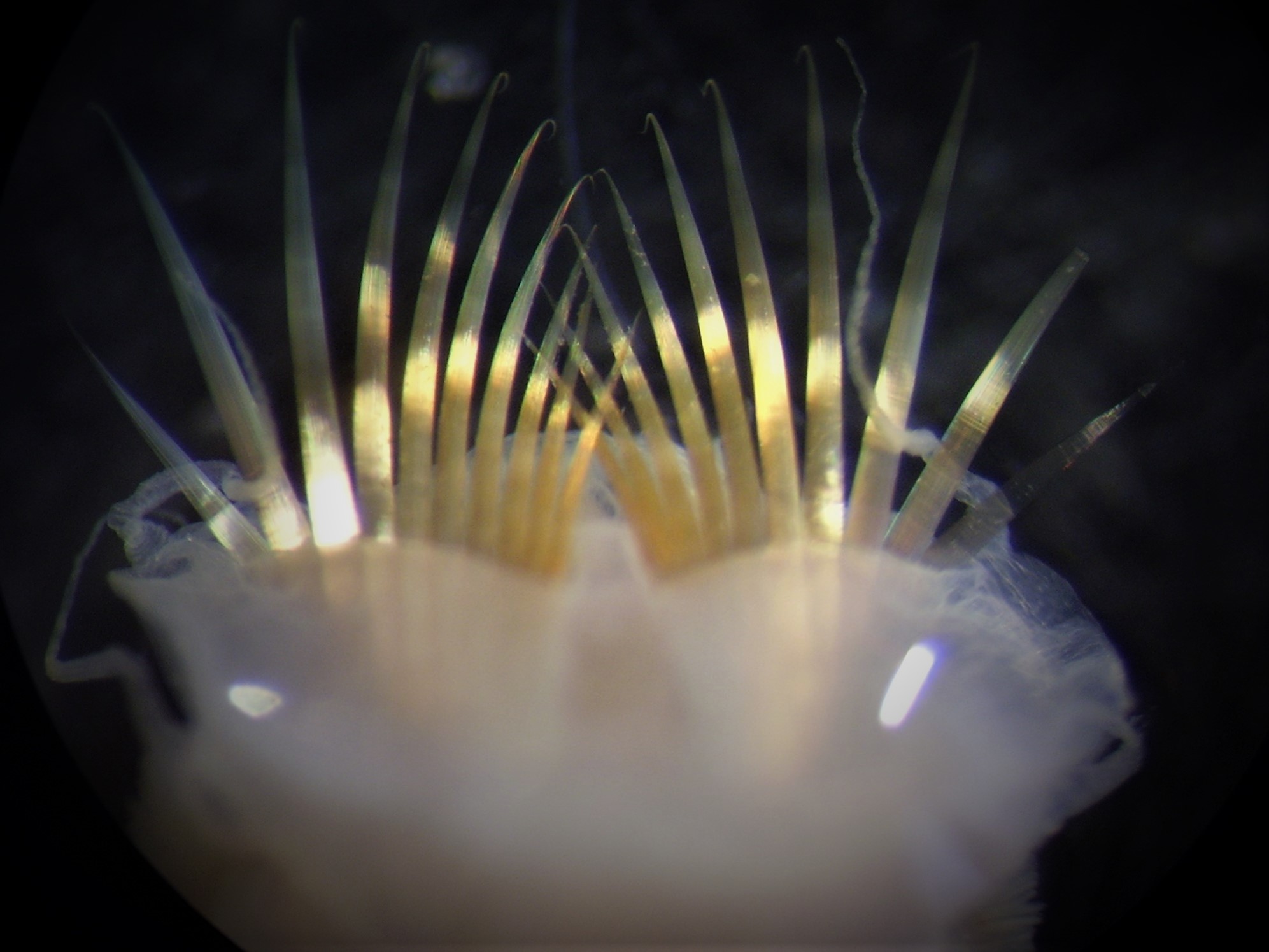
Theoretical lessons
- ecological role of Polychaetes
- general aspects of Polychaete biodiversity, species complexes, cryptic diversity
- alien species
Pratictal lessons
- criteria for species identification in the following families:
Sabellidae, Sabellaridae, Serpulidae, Aphroditoidea, Eunicidae, Lumbrineridae, Onuphidae, Capitellidae, Magelonidae, Paraonidae, Spionidae, Cirratulidae, Glyceridae, Nepthydae e Terebellidae
- alien species
Lecturers
Melih Ertan Çinar (Ege University, Izmir, Turkey)
Adriana Giangrande (Università del Salento, Lecce, Italy)
Joachim Langeneck (Università di Pisa, Italy)
Marco Lezzi (Arpae Emilia-Romagna - Struttura Oceanografica Daphne, Cesenatico, Italy)
Luigi Musco (Università del Salento, Italy)
The course is open to 20 participants with documented experience in taxonomy and identification of polychaetes
IMPORTANT INFORMATION
Applications: deadline 15 June
Participants will be notified by 15 July
Registration and payment are due by 30 July
Fee: 450 euro per person (coffee breaks, lunches and social dinner included)
ORGANIZERS: Paolo Fasciglione, Rosanna Guglielmo, Luigi Musco, Diana Sarno
Info: This email address is being protected from spambots. You need JavaScript enabled to view it.
Sites Open to the Public
|
|
Aquarium |
 |
Darwin-Dohrn Museum |
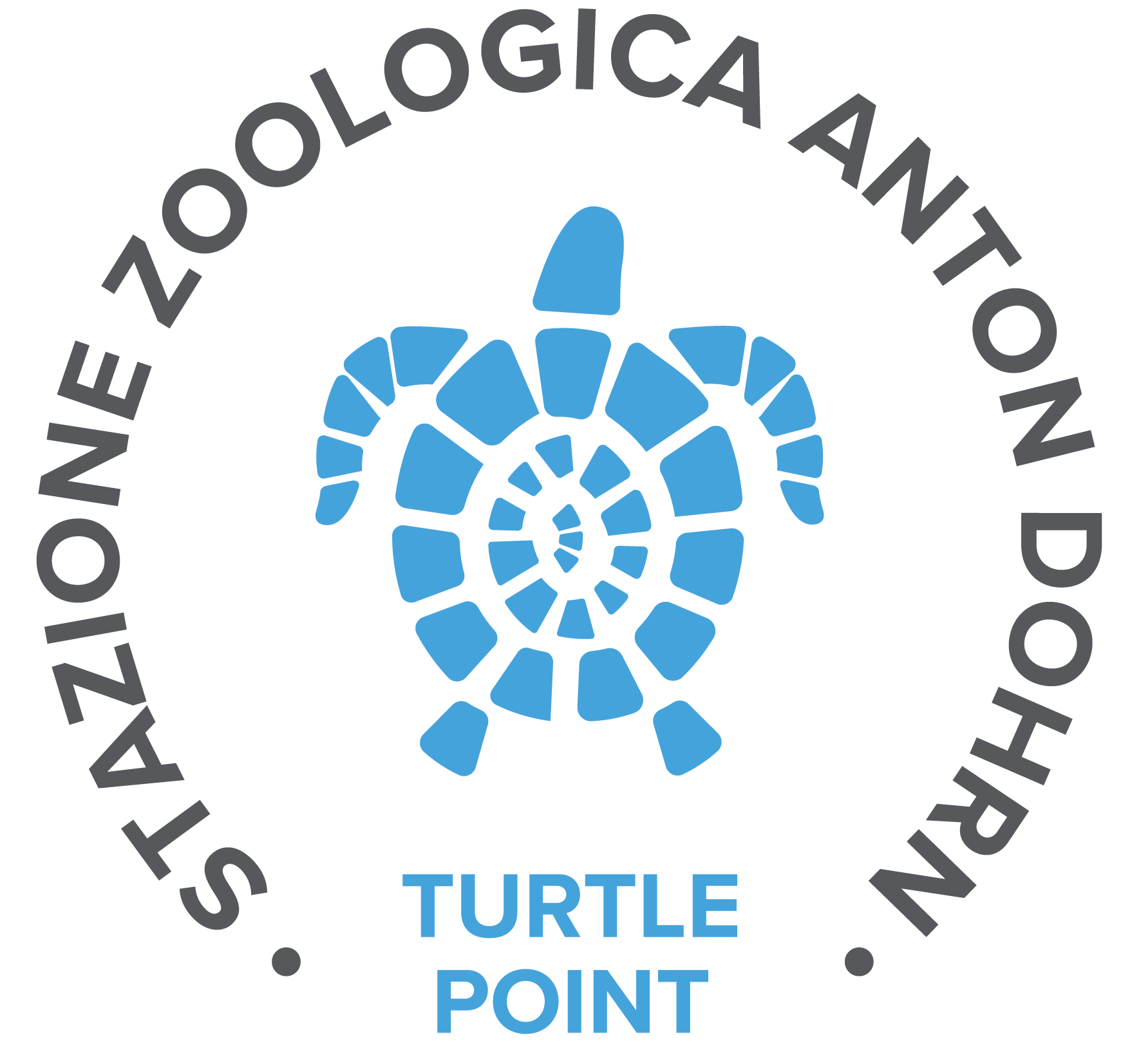 |
Turtle Point & Centro di Ricerche Grandi Vertebrati Marini |
How to reach us
Sicily Marine Centre - Ex Complesso Roosevelt
Stazione Zoologica Anton Dohrn
Lungomare Cristoforo Colombo, 4521
90149 - Palermo, Italy
e-mail: This email address is being protected from spambots. You need JavaScript enabled to view it.
If you arrive by plane
The International Airport “Falcone e Borsellino” of Palermo is an Italian airport located 35 km west of the city of Palermo, along the state road 113 Northern Sicula, flanked by the A29 highway Palermo-Mazara del Vallo, in the municipality of Cinisi, in the Punta Raisi area. It is the third airport in Southern Italy by number of passengers, and in 2020 it ranked seventh among the airports in Italy for passenger traffic. The structure is dedicated to the memory of Giovanni Falcone and Paolo Borsellino.
Palermo airport is 35 km from the city center of Palermo, but is easily accessible by car via A29 highway. Moreover, the shuttle busses of the company “Autolinee Prestia e Comandè” (https://www.prestiaecomande.it/) perform runs on a regular basis, as well as the trains, easily accessible through the underground station of the Palermo airport (https://www.trenitalia.com). Both busses and trains connect the airport to the Palermo Centrale Train Station.
Arrival by train
Whatever their origin, the trains stop at Palermo Central Train Station in Piazza Giulio Cesare, located in the city center.
From the Central Station to our headquarters in Mondello, you can get there by taxi or by bus taking one of the following AMAT lines 107/603, 101/603 or 101/806.
Arrival by car
For those arriving by car from other places in Sicily: from the A29 highway, exit at the Mondello / Sferracavallo junction and proceed along the state road 113 to your destination.
For those arriving from the mainland, disembarking by ferry from Naples / Civitavecchia / Livorno / Genoa: just proceed for about 10 km towards Addaura.
https://goo.gl/maps/MkG7nWqMaX9nVncDA
Sicily Marine Centre- Milazzo
Stazione Zoologica Anton Dohrn
Ex Molini Lo Presti
Via dei Mille, 46
98057 Milazzo (ME), Italy
If you arrive by plane
Catania-Fontanarossa "Vincenzo Bellini" Airport is the main airport in Southern Italy, fourth in Italy for passenger traffic and second in Italy for domestic traffic. It is located about 145 km from Milazzo.
The best ways to reach Milazzo from Catania Airport are:
Direct bus that in 1h and 45m arrives in Milazzo at few meters from our office (https://giuntabus.com/milazzo-aeroporto-catania/); private taxi-shuttle service (https://www.alibrando.net/book-transfer-online-da-e-per-aeroporto-di-catania): by renting a car (www.aeroporto.catania.it/in-aeroporto/rent-a-car).
If you arrive at Reggio Calabria Airport, you can reached the port by a dedicated "Port-Airport" line (www.aeroportodellostretto.it/collegamenti-in-bus), where you can take the hydrofoil to Messina (https://www.blujetlines.it/oraripasseggeri-reggio.html). The hydrofoil arrives in 30 minutes at the historic port of Messina (near "Messina Centrale" railway station). Once in Messina you can take the direct bus (https://www.giuntabustrasporti.com/orari) that leaves you at few meters from our office.
Arrival by train
Milazzo railway station is located about 3 km from our office and we recommend taking a taxi to get there.
Arrival by car
If you arrive by car from the A20 motorway, exit at the Milazzo junction, follow the road axis, take the Exit 1 (Porto) and follow the road information for the Port.
https://goo.gl/maps/AJ1hXtRx7Jmjj7aK8
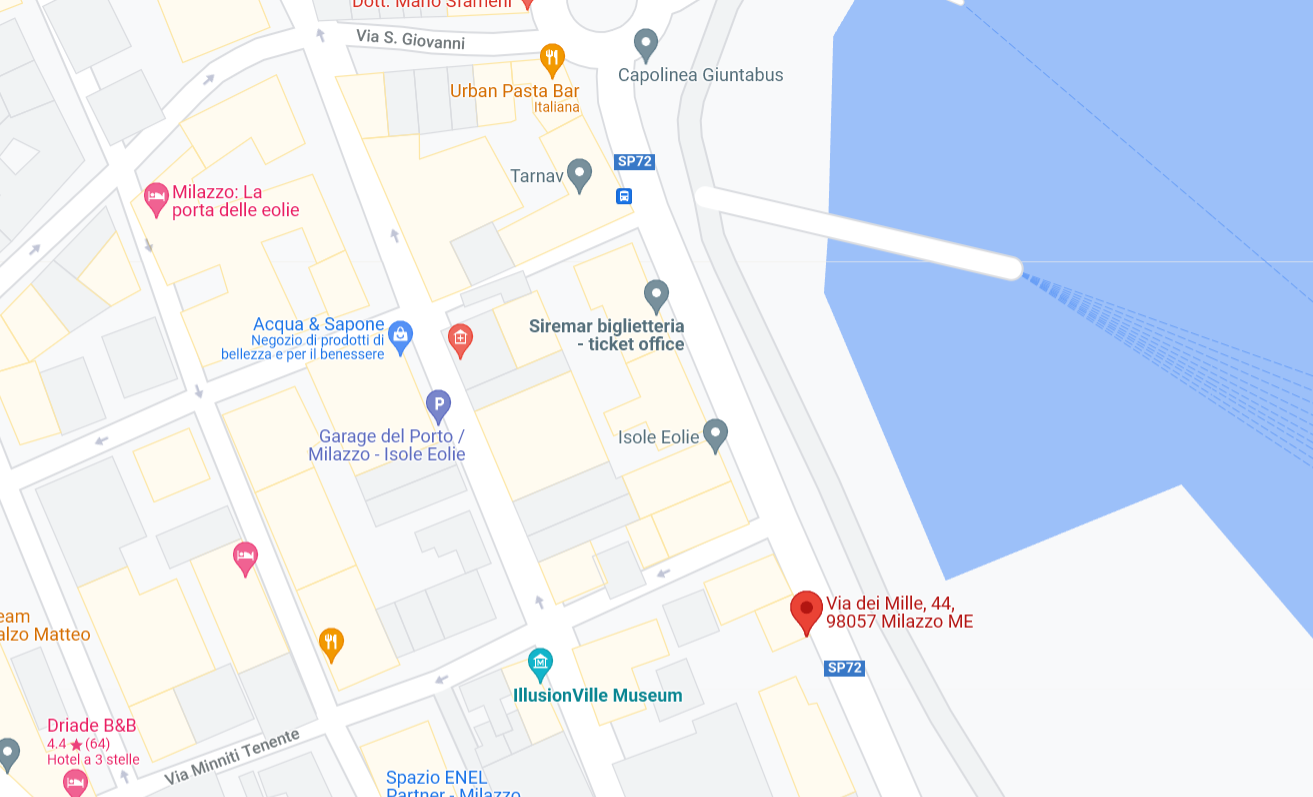
Sicily Marine Centre - Villa Pace
Stazione Zoologica Anton Dohrn
Contrada Porticatello, 29
98167 - Messina, Italy
Tel. +39 081 5833784
e-mail: This email address is being protected from spambots. You need JavaScript enabled to view it.
If you arrive by plane
Catania-Fontanarossa "Vincenzo Bellini" Airport is the main airport in Southern Italy, fourth in Italy for passenger traffic and second in Italy for domestic traffic. It is located about 100 km from the centre of the city of Messina, which can be reached by train (www.trenitalia.com) or bus (www.saisautolinee.it) to the "Messina Centrale" railway station, or by renting a car (www.aeroporto.catania.it/in-aeroporto/rent-a-car).
If you arrive at Reggio Calabria Airport, you can reached the port by a dedicated "Port-Airport" line (www.aeroportodellostretto.it/collegamenti-in-bus), where you can take the hydrofoil to Messina (https://www.blujetlines.it/oraripasseggeri-reggio.html). The hydrofoil arrives in 30 minutes at the historic port of Messina (near "Messina Centrale" railway station).
From the "Messina Centrale" railway station to our headquarters in Villa Pace you can get there by taxi or by bus taking one of the following lines: 1 Shuttle, 27 and 31 (www.atmmessinaspa.it).
Arrival by train
Trains stop at the "Messina Centrale" rail station in Piazza della Repubblica, located in the city centre.
From the "Messina Centrale" rail station to our Villa Pace office you can get there by taxi or by bus on one of the following lines: 1 Shuttle, 27 and 31 (www.atmmessinaspa.it).
Arrival by car
If you come from other parts of Sicily, from the A20 and A19 motorways, take the “Giostra” exit and proceed North along the seafront to your destination.
If you arrive from Calabria, when the Caronte-Tourist ferry (https://carontetourist.it/it/caronte/orari-stretto-di-messina-passeggeri) disembarks at the Rada S. Francesco, it is sufficient to proceed about 3 km northwards.
Another way for arriving to Messina are the ships from the port of Salerno with limited sailings (6 weekly), it is not recommended because it arrives late in the evening. The journey takes 9 hours (https://carontetourist.it/it/caronte/orari-autostrade-damare).
https://goo.gl/maps/TNZF3c1HovnoEzfD9
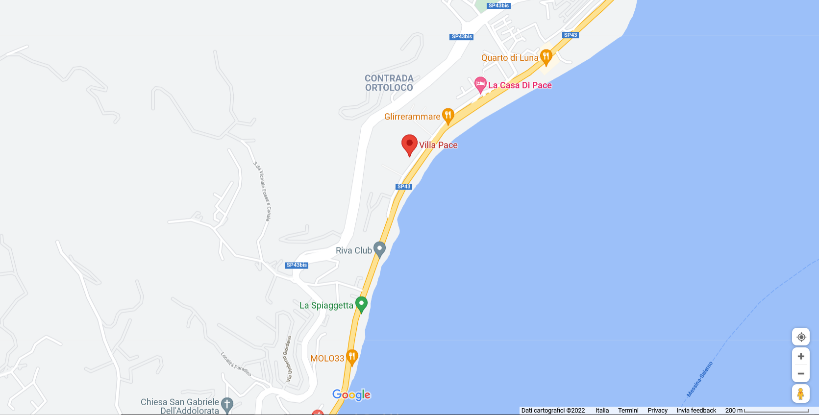
Sicily Marine Centre
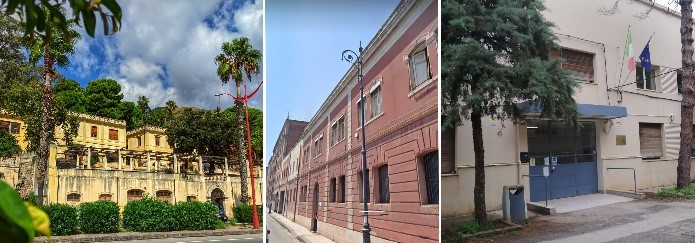 Sicily Marine Centre is an interdepartmental centre that deals with marine biology and ecology, through multidisciplinary studies and favoring an integrated approach.
Sicily Marine Centre is an interdepartmental centre that deals with marine biology and ecology, through multidisciplinary studies and favoring an integrated approach.
The interdepartmental Sicily Marine Centre aims to study marine biological and ecological aspects by multidisciplinary and ecosystemic approach. The research activity is employed in three location: Messina, Milazzo e Palermo.
The main research topics are focused on:
• Study on biology and ecology of fish species, with particular focus on deep environments (meso- and batipelagic species), aimed to sustainable management of fisheries source according to an ecosistemic approach.
• Study on biodiversity conservation focusing on the design of spatial protection measures, on the ecological and socio-economic effects of protection and on governance models.
• Study on effects of global change the impact of marine litter on habitat and species.
• Application and implementation of biotechnology with particular regard to extreme environments and habitats of naturalistic interest.
Sicily Marine Center
Messina Center: Villa Pace, C.da Porticatello 29, 98167 Messina (ME) - Italy
Palermo Center: Lungomare Cristoforo Colombo (Roosevelt Complex), 90149 Palermo - Italy
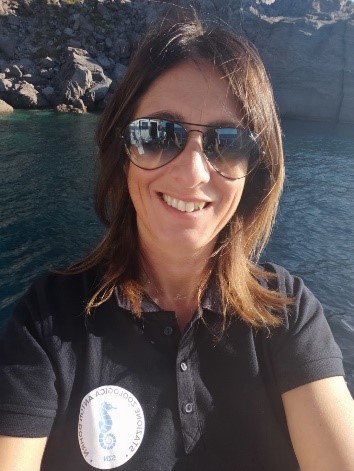 |
Seats Director |
Sicily Marine Centre is organized in 3 functional areas: |
Personnel
Director
Administration
Senior Researcher
Antonio Di Franco
Sylvaine Giakoumi
Paolo Sordino
Researcher
Pietro Battaglia
Carlo Cattano
Pierpaolo Consoli
Manfredi Di Lorenzo
Giacomo Milisenda
Carmen Rizzo
Mauro Sinopoli
Adriana Alagna
Manuel Berlino
Cristina Pedà
Davide Spatafora
Laura Tamburello
First Technologist
Technologist
Technician
Arcadi Erika
Costantino Antonino
Franzitta Giulio
Malara Danilo (in aspettativa)
Vincenzo Manfrè
Marilena Sanfilippo
Arturo Zenone (in aspettativa)
Research Fellowship
Rosario Calogero
Katie Hogg
Francesco Longo
Claudia Bommarito
Blondine Agus
Andrea Bellodi
Luca Pagano
Valeria Palummo
Stefania Russo
Maria Vigo Fernandez
Scholarship
Davide Ciraolo
Ludovica De Vincenzis
Andrea Li Vorsi
Claudia Mininni
Enrica Terranova
PhD student
Giuseppe Cangemi
Chiara Gambardella
Emanuele Asciutto
Francesco Fabiano
Vittoria Dias
Eleonora Tinto
Livia Benedini
Genova Marine Centre
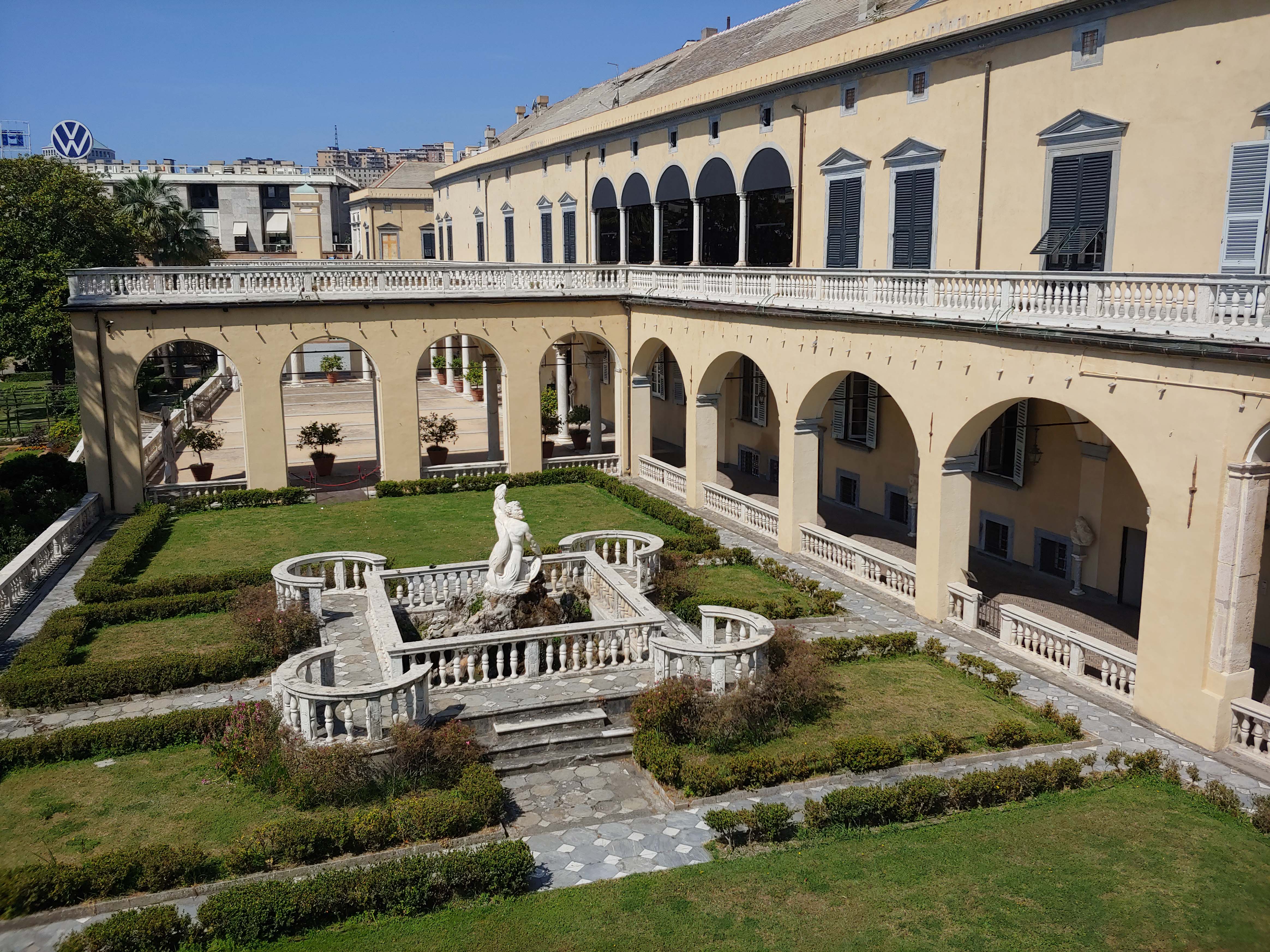 The Genova Marine Center is a territorial office of the Stazione Zoologica Anton Dohrn (National Institute of Marine Biology, Ecology and Biotechnology) established in October 2021 and dedicated to: i) the study of marine biodiversity; ii) the assessment of the effects of anthropogenic impacts and climate change at sea; iii) the identification of solutions for the conservation of marine species and ecosystems from the perspective of sustainable development (from an environmental, historical-cultural and socio-economic point of view).
The Genova Marine Center is a territorial office of the Stazione Zoologica Anton Dohrn (National Institute of Marine Biology, Ecology and Biotechnology) established in October 2021 and dedicated to: i) the study of marine biodiversity; ii) the assessment of the effects of anthropogenic impacts and climate change at sea; iii) the identification of solutions for the conservation of marine species and ecosystems from the perspective of sustainable development (from an environmental, historical-cultural and socio-economic point of view).
Mission
Our mission consists of three main axes:
1) to investigate biodiversity and ecosystem functioning in the marine environment, integrating coastal and offshore systems, as well as pelagic and benthic components;
2) to analyze and evaluate the socio-ecological effects of multiple human impacts (both direct, such as fishing or pollution, and indirect, caused for example by climate change, such as temperature rise, acidification and spread of alien species) on marine organisms, populations, communities, habitats and ecosystems, including the consequences on ecosystem services;
3) to identify solutions for a more sustainable management of marine resources (e.g., in relation to small scale fishing and the consumption of seafood) and a more effective conservation of marine biodiversity (e.g., through networks of Marine Protected Areas), evaluating the effects at the bio-ecological and socio-economic levels.
The purpose of the GMC is, therefore, to carry out research, training-education and institutional support activities in the field of marine biology, ecology and conservation from a sustainable development perspective, according to the guidelines established by the decision-making bodies of the SZN.
The office has managerial autonomy in the forms and within the limits provided for by the Regulations of the SZN.
Scientific interests
The current research staff carries out multidisciplinary research, from basic biology and ecology to applied socio-ecology (which integrates humans into the systems investigated), dealing with organisms, species,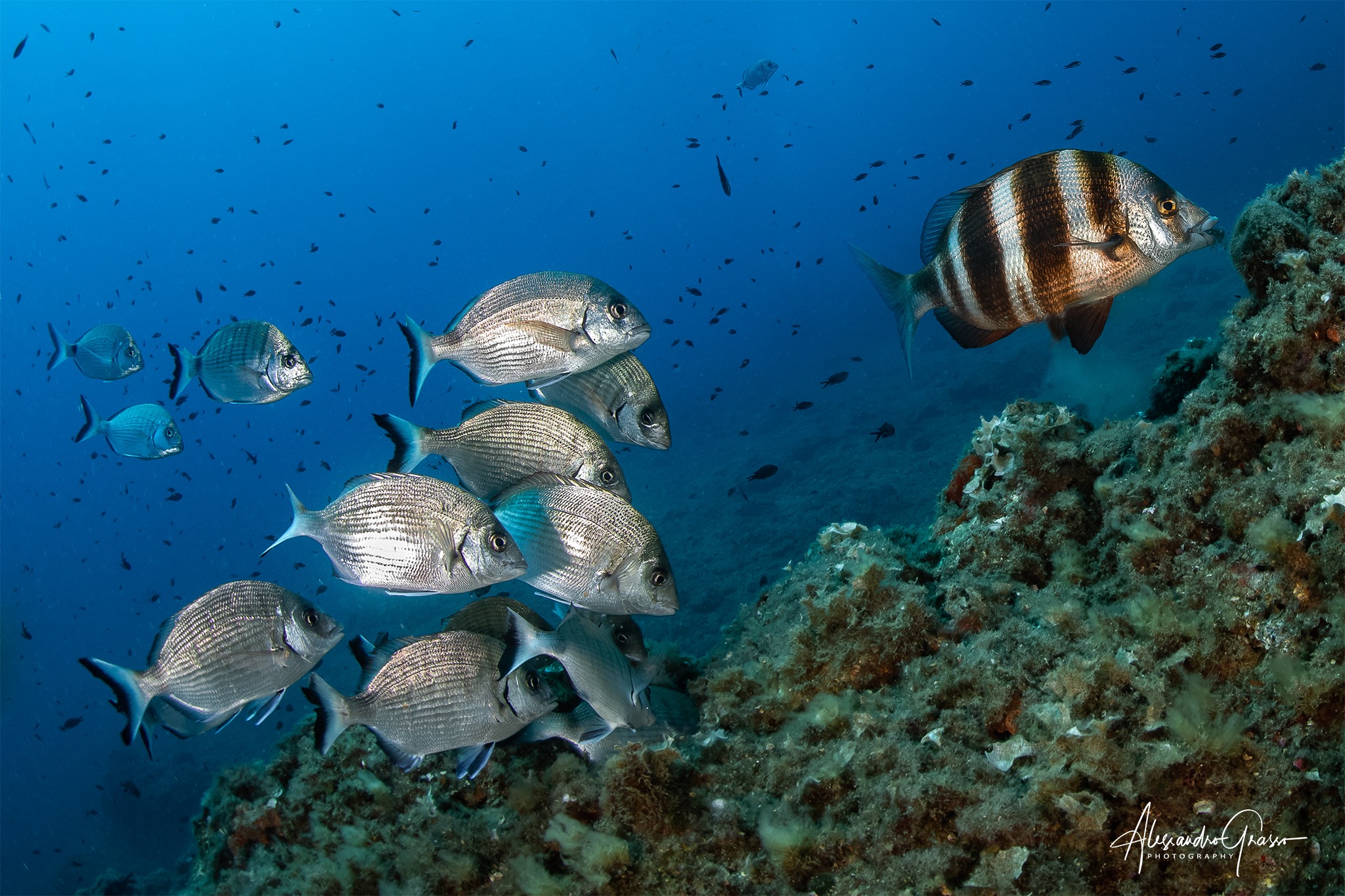 populations, communities, habitats and socio-ecosystems, especially in the Mediterranean Sea.
populations, communities, habitats and socio-ecosystems, especially in the Mediterranean Sea.
The main focus is 'conservation', a term that combines the protection of marine biodiversity with the human well-being, from a sustainable development perspective, also in support of institutional policies at both local-national (municipalities, regions, ministries) and EU-global levels (DG ENV and MARE; UNEP; etc.), in accordance with the main strategies such as the Biodiversity Strategy for 2030, the cornerstone of the EU Green Deal.
A distinctive feature of the scientific team is that research activities are carried out at sea using multiple methods: i) scientific underwater diving; ii) using research or fishing vessels; iii) by means of remote systems (including ROVs, video cameras, satellite marking, hydrophones); iv) experimentation in laboratory and in controlled environments; v) interviews and questionnaires addressed to stakeholders (fishers, tourists, divers, consumers, etc.), citizens and the general public.
Together with the research activity, the team is strongly involved in training, dissemination, communication, public engagement and education activities, in order to improve the level of knowledge and increase the environmental awareness of both institutions and citizens.
The logistics of the GMC territorial office is under the supervision, within the limits set by the Regulations of the SZN, of the coordinator: Dr. Paolo Guidetti
Staff
Paolo Guidetti, Research Director and Coordinator
Francesca Rossi, Senior Researcher
Roberto Arrigoni, Researcher
Massimiliano Bottaro, Researcher
Ulisse Cardini, Researcher
Simone Farina, Researcher
Federica Ragazzola, Senior Researcher
Bava Simone, Technologist
Blanckaert Alice, Research Fellowship
Elena Desiderà, Research Fellowship
Davide Di Blasi, Research Fellowship
Federica Poli, Research Fellowship
Ilaria Di Lauro, Scholarship
Martina Arpaia, PhD Student
Berlinghof Johanna, PhD Student
Lorenzo Minoia, PhD Student
Carlo Nike Bianchi, Associate
Ivan Consalvo, Associate
Angelo R. Mojetta, Associate
Carla Morri, Associate
